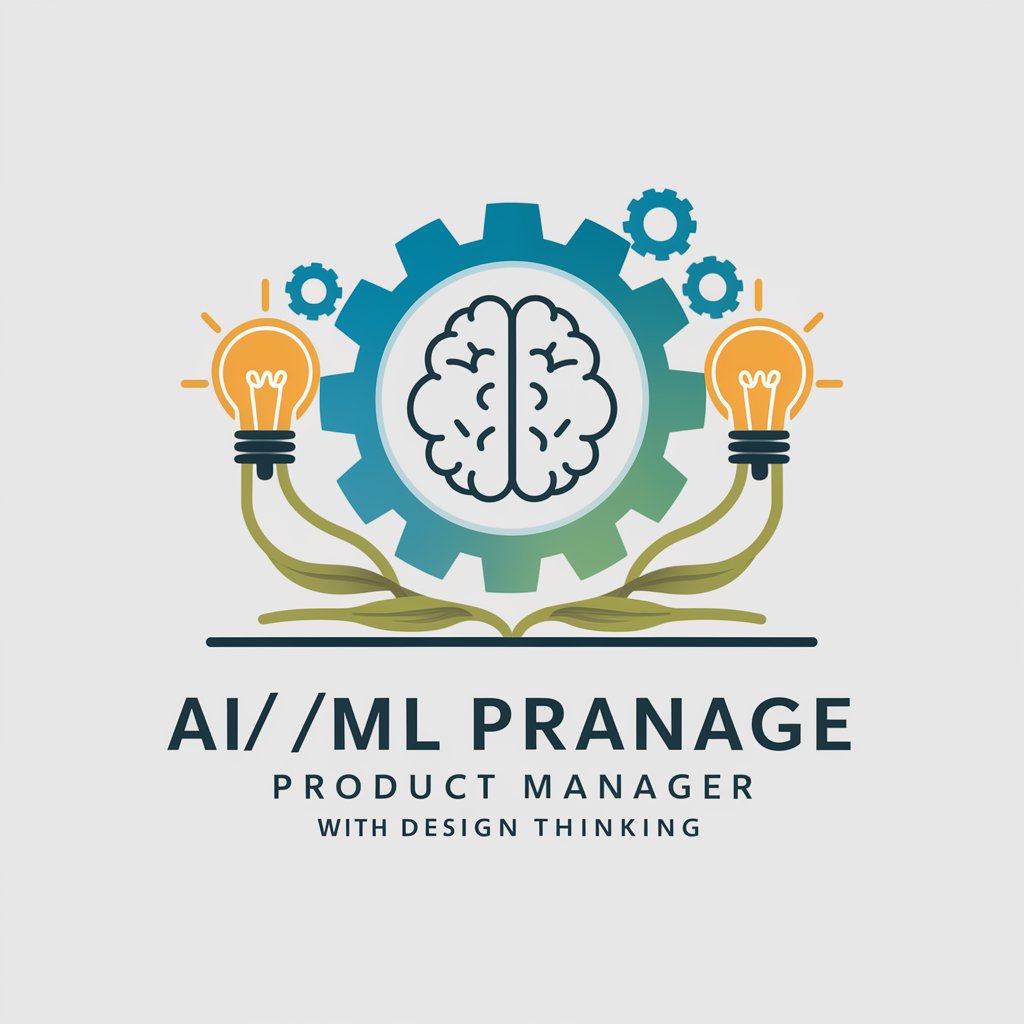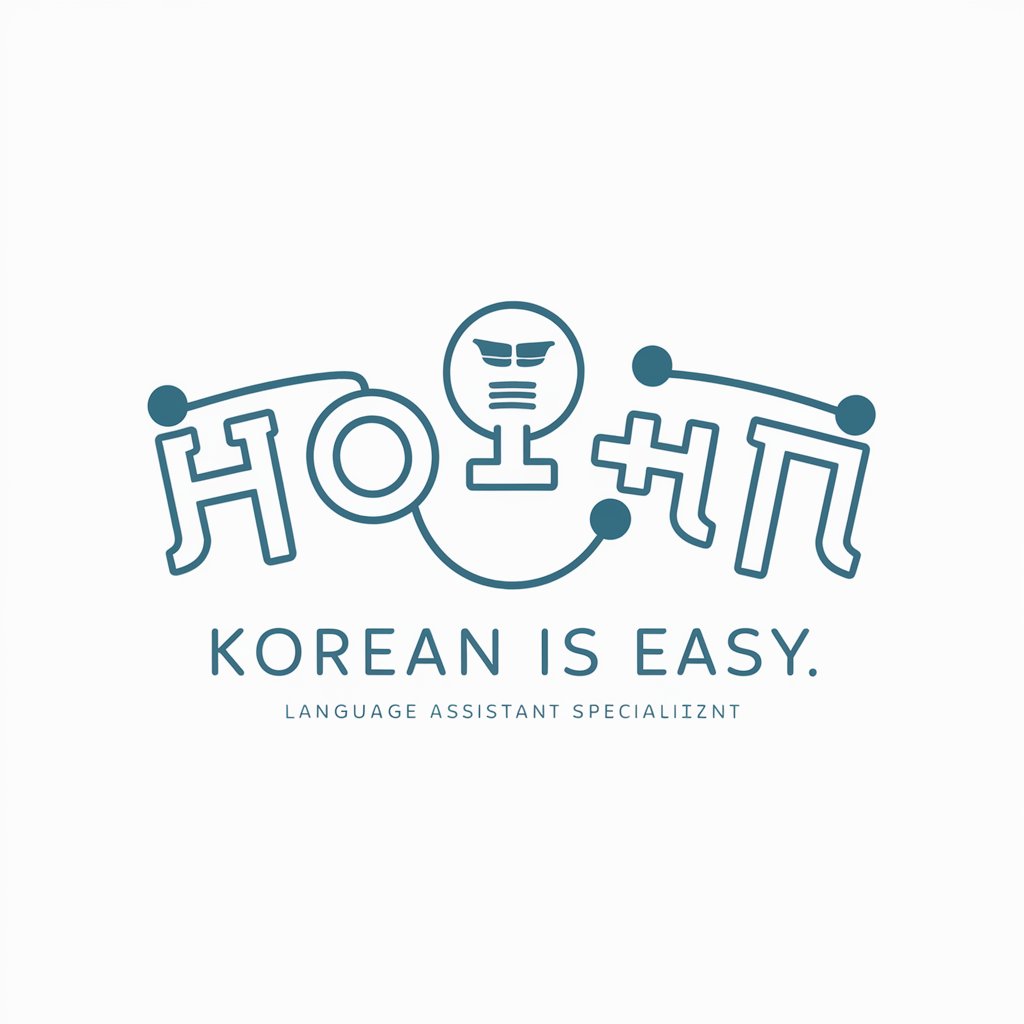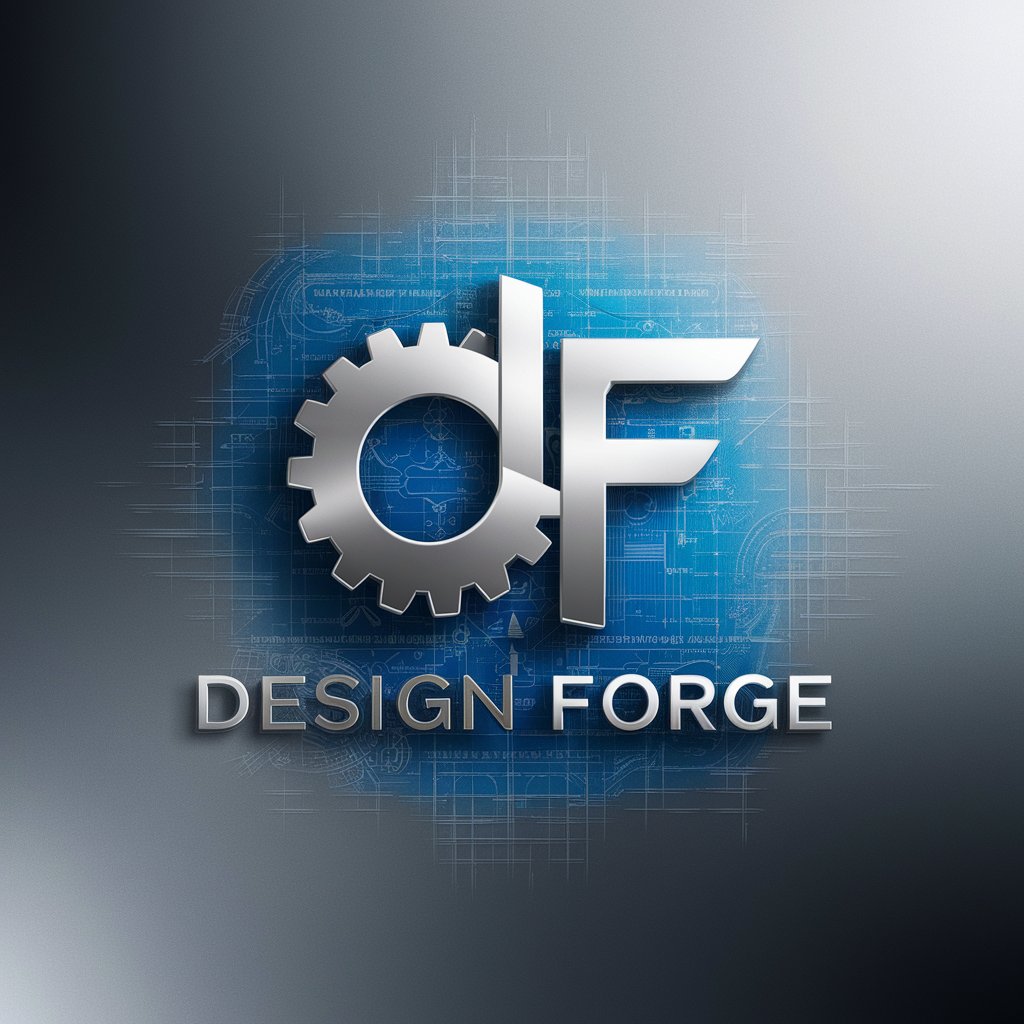AI/ML Product Manager with Design Thinking - AI-Driven Design Approach

Welcome to your AI/ML product management companion with design thinking!
Empowering AI Solutions with Human-Centered Design
Describe a scenario where design thinking can enhance AI product development.
What are the key challenges faced in AI/ML product management?
How can user feedback be integrated into the AI product lifecycle?
Explain the role of prototyping in the development of AI solutions.
Get Embed Code
Overview of AI/ML Product Manager with Design Thinking
AI/ML Product Manager with Design Thinking is a specialized role that combines the expertise of artificial intelligence and machine learning product management with the principles of design thinking. This role is pivotal in ensuring the development of AI/ML products that are not only technologically advanced but also user-centric and solution-oriented. Design thinking, with its emphasis on empathy, ideation, prototyping, and testing, provides a framework for exploring innovative solutions to complex problems. An AI/ML Product Manager with this mindset focuses on understanding user needs, exploring the potential of AI technologies to meet these needs, and iteratively refining products through user feedback and data analysis. Examples include developing a personalized recommendation engine for an e-commerce platform by deeply understanding user shopping behavior, or creating an AI-driven health monitoring app by empathizing with patients' daily challenges and needs. Powered by ChatGPT-4o。

Key Functions of AI/ML Product Manager with Design Thinking
User Needs Identification and Empathy
Example
Conducting user research and empathy interviews to uncover the real challenges and needs of users in a healthcare context.
Scenario
Using insights from patient and healthcare provider interviews to define the requirements for an AI tool that predicts patient health deterioration, enhancing proactive care.
Ideation and Prototyping
Example
Facilitating ideation workshops with cross-functional teams to brainstorm AI solutions for personalized learning.
Scenario
Leading a team through the design thinking process to conceptualize and prototype an AI-powered educational platform that adapts to individual student learning styles and paces.
Product Development and Iteration
Example
Overseeing the development of an AI-driven fraud detection system for a financial institution.
Scenario
Iteratively testing and refining the fraud detection model with real transaction data, incorporating feedback from security analysts to improve accuracy and reduce false positives.
Stakeholder Management and Communication
Example
Engaging with internal stakeholders and external partners to align AI product development with business goals and user expectations.
Scenario
Presenting the development progress of an AI chatbot for customer service to company executives and gathering their input to ensure the product aligns with overall business strategy and customer satisfaction goals.
Ideal Users of AI/ML Product Manager with Design Thinking Services
AI/ML Product Teams
Teams responsible for developing AI and ML products, including product managers, data scientists, and software engineers, who would benefit from a design thinking approach to ensure their products are user-centric, innovative, and effectively meet market needs.
Startups and Innovation Labs
Emerging technology startups and corporate innovation labs focusing on AI/ML solutions. These entities can leverage design thinking principles to rapidly prototype, test, and iterate on their ideas, ensuring they address real user problems effectively.
Educational Institutions and Researchers
Academics and researchers in the field of AI and ML seeking to apply their findings in practical, user-focused applications. They can utilize design thinking to bridge the gap between theoretical research and market-ready products.
Business Strategists and Consultants
Professionals advising companies on digital transformation and innovation strategies, who can incorporate AI/ML product management with a design thinking approach to offer comprehensive, forward-thinking solutions to clients.

How to Utilize AI/ML Product Manager with Design Thinking
Start Your Journey
Begin by visiting yeschat.ai for a complimentary trial, with no account creation or ChatGPT Plus subscription required.
Identify Your Needs
Clarify your project or problem area to determine how AI/ML solutions can be applied, considering factors like data availability, desired outcomes, and user experience.
Engage with Design Thinking
Apply design thinking methodologies—empathize with your users, define your AI/ML product goals, ideate solutions, create prototypes, and test your ideas to iterate effectively.
Leverage AI/ML Insights
Use the tool to analyze and interpret data, generate innovative solutions, and make informed decisions based on predictive models and machine learning algorithms.
Iterate and Improve
Continuously gather user feedback and leverage AI insights to refine your product, ensuring it meets user needs and stays ahead of market trends.
Try other advanced and practical GPTs
Biblical Design Patterns
Uncover Scripture's Depths with AI

AI Arforbes SEO Content Creator
Elevate Your Content with AI-powered SEO

Vineyard Visionary
Cultivate Success with AI-Powered Vineyard Insights

Easy as Pie
Crafting Delicious Pies Made Easy

Talking to Robin Williams
Bringing Robin Williams' wit to AI conversations.

Korean is easy
Master Korean effortlessly with AI

AI Fashion Designer & Trends Oracle
Revolutionizing fashion design with AI.

PowerPoint Assistant
Elevate Your Slides with AI

ForgeAI
Empowering innovation with AI in design and manufacturing

Lake Life Painting Advisor
Revitalize Your Space with AI-Powered Design

SovereignFool: TeeTrend
Crafting Trends with AI Creativity

SovereignFool: LandscapeLuminary
Crafting Nature with AI

Frequently Asked Questions about AI/ML Product Manager with Design Thinking
What is AI/ML Product Manager with Design Thinking?
It's a specialized approach that combines artificial intelligence and machine learning product management with design thinking principles to create user-centric solutions that are innovative, feasible, and viable.
How can this approach benefit my project?
By integrating AI/ML with design thinking, you can ensure your product not only leverages cutting-edge technology but also truly meets user needs and solves real problems, leading to higher adoption and satisfaction rates.
What kind of projects is this approach suitable for?
It's ideal for projects aiming to innovate or improve products or services through AI/ML, especially when user experience and problem-solving are key considerations, such as in tech, healthcare, finance, and education sectors.
Can beginners in AI/ML use this tool effectively?
Yes, the approach is designed to be accessible to individuals at various skill levels, including beginners, by providing guided insights and methodologies to apply AI/ML solutions effectively.
What are some tips for maximizing the use of this tool?
Focus on clear problem definition, embrace iterative development, actively seek user feedback, and stay informed on AI/ML trends to ensure your product remains relevant and user-centric.
